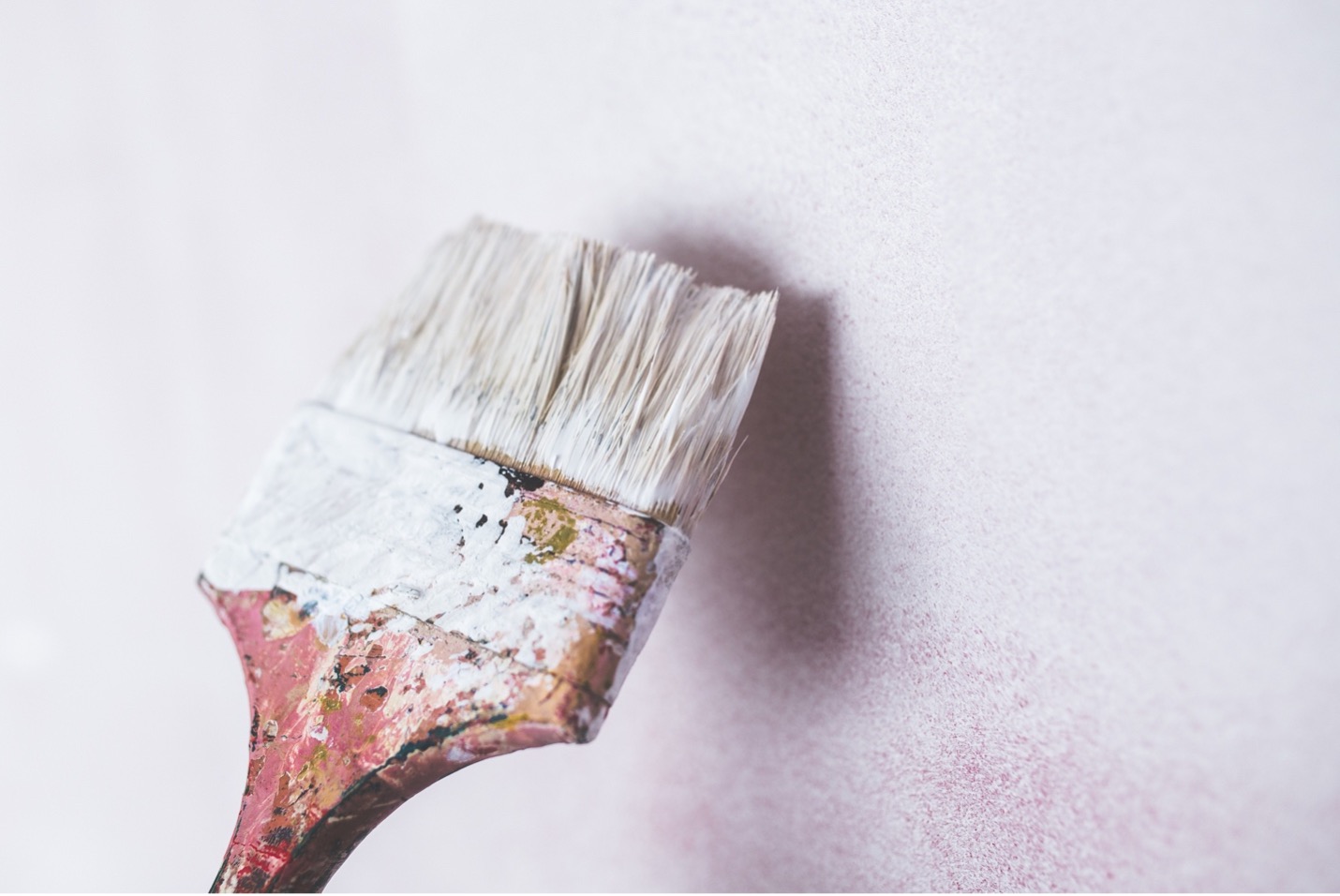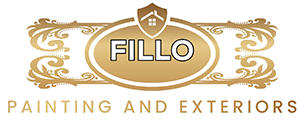
Anyone taking on a painting project needs to consider priming as an essential step before painting the surface. You will find in this article the importance of priming, an answer to the question of what is priming paint, and situations that require priming paint.
What is Priming and Priming Paint?
Priming is the application of a neutralizing priming paint layer used on bare surfaces to smooth out texture, fill porous gaps, and optimize paint adhesion. Primers make for an excellent painting result. It can also stabilize and prevent stains on your painting project.
Now, what is the difference between primers and sealers? Primers are primarily applied on bare surfaces like metal or wood prior to the main paint application. However, in contrast, sealers are light pigmented materials used on plaster or masonry.
Why is Priming Important?
Contrary to many beliefs, priming paint is never just a useless coat underneath the actual paint. It’s an essential part of a painting project with lots of benefits like:
- Blocking out odors and stains
- Giving the surface a coating for the paint to stick to
- Sealing holes in unpainted surfaces like wood and drywall
- Helping to make walls look smooth and appealing
- Ensuring the paint color maintains its actual color.
Primer is like a foundation for the paint; thus, it ensures the surface is well coated and takes care of any issues on the surface.
Priming the following surfaces is also important:
Unpainted wood or drywall
These two surfaces are both absorbent; hence putting a coat of paint may be unwise as it would fade or be absorbed as it dries. Rather than wasting the paint, priming paint is a cheaper alternative to fill the pores and get the paint surface ready. This will make the surface look great with fewer coats.
Glossy and oil-based surface
If you work with a glossy surface or paint, you need a bonding primer that will stick to the surface and prep the surface with an outer layer that the paint can stick to.
Repaired or patched drywall
If you have drywall that’s been patched, you will notice inconsistencies on the surfaces that could impact the paint’s color. However, priming paint can make those surfaces neutral, making all the imperfections impossible to see after being painted.
Primer can cover odors and stains
It would be unwise to coat directing with paint if you are working with stain or greasy walls. However, with primers, you can easily cover those stains and odors, making it difficult to detect problems like that.
Primer is useful in significant color switch
Are you considering a major color switch? Painting over the existing color without priming is never the best thing to do. It can mean less than ideal results. Primer can help correct the color by bringing the surface back to neutral, which is essential for making big color changes in any painting project.
We’ve answered the question of what is priming paint, and qith all of these primer benefits, you can see how many problems and how much time you will save by simply ensuring you prime your surfaces before applying a coat of paint.
Want to make the right choices in your painting projects? Reach out to your local painting experts, Fillo Painting! We offer amazing painting services for both your interior and exterior. Talk to us today by checking out our website or calling 770-769-7941.
